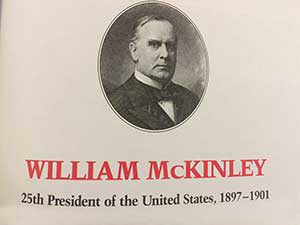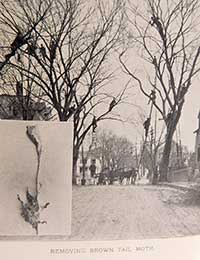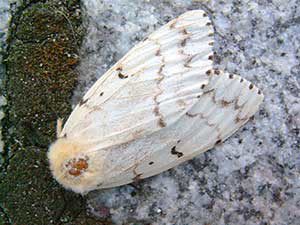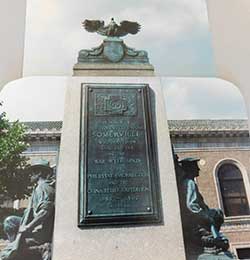 Eagle Feathers #104 – Gypsy and the Brown Tails
Eagle Feathers #104 – Gypsy and the Brown Tails
By Bob (Monty) Doherty
The contrast between the birth of Somerville’s last century and now is startling. In its Annual Report of 1901, the city granted 25 petitions to keep 129 cows, 16 permits to keep pigs, and 4 permits to keep goats. Twenty-five diseased horses were put down, and 23 stables were built.
The account makes the city sound like Governor Winthrop and the Puritans were still here, but it was not so. This was 115 years go when England lost its monarch of sixty-three years, Queen Victoria, and America lost its 25th president, William McKinley, through assassination.

The City of Somerville was then twenty-nine years old and exploding in population and growth. Since becoming a city in 1872, her population increased from 12,000 to 63,000. Her citizenry had grown over six times. At this time, Powder House Boulevard was constructed to join the anticipated Alewife Brook Parkway section of Boston’s new Emerald Necklace. This is where the MBTA’s Green Line derived its name.
Somerville natives loved their trees. They had lost almost all of them during the American Revolution when trees were used to shelter thousands of British troops imprisoned here. Later, throughout the city, tree-lined streets were laid out and planted. The wealth moving into the city was impressive.

A new development, the Westwood Road and Benton Road section of Spring Hill, had fully grown shade trees brought in and planted along their curbs. Up to that time, this feat had only been accomplished in two places in America: Washington, D.C. and the mansions at Newport, Rhode Island. Somerville identifies many of her trees with its street signs. Exploring the city, you will find a forest of them. Look around. There are signs honoring her many varieties: Elm, Oak, Chestnut, Beech, Cypress, Willow, Maple, Poplar, Cherry, Laurel, and Walnut. The list goes on.
In 1869, a Harvard professor, living in Medford, began home studies trying to improve silkworm production. This ended in disaster when his experimental collection of foreign insects escaped from his property during a windstorm. Unnoticed at first, he unwittingly started the Gypsy Moth Plague that ate through Somerville and beyond.

Somerville later became the original point of entry for another moth, the Brown Tail Moth. It was just as destructive to trees as the Gypsy and also caused a painful poison-ivy type rash. Both species were brought here from Europe and produced millions of caterpillars that devastated about 23 types of trees. At its worst, houses, yards and streets were blanketed with the scourge. They brought trolley cars to a halt by making the rails and streets slippery.
During this time, Somerville soldiers and sailors were fighting in the War with Spain, the Philippine Insurrection, and the China Relief Expedition. The impressive monument in front of the central library brings attention to this fact.

At home, Somerville natives were at war on a far lesser scale. They were fighting against the destroyers of their fruit and foliage, a war against two of the worst pests to invade our shores. A small army of city laborers worked feverishly to defeat the devouring insects. Today, these enemies still raise their heads periodically, but due to good laws and education, they are held in check.
For the past twenty years, a green Somerville has been awarded and designated by the Arbor Day Foundation as a “Tree City U.S.A.” community!


 https://www.portersquarebooks.com/
https://www.portersquarebooks.com/













Reader Comments